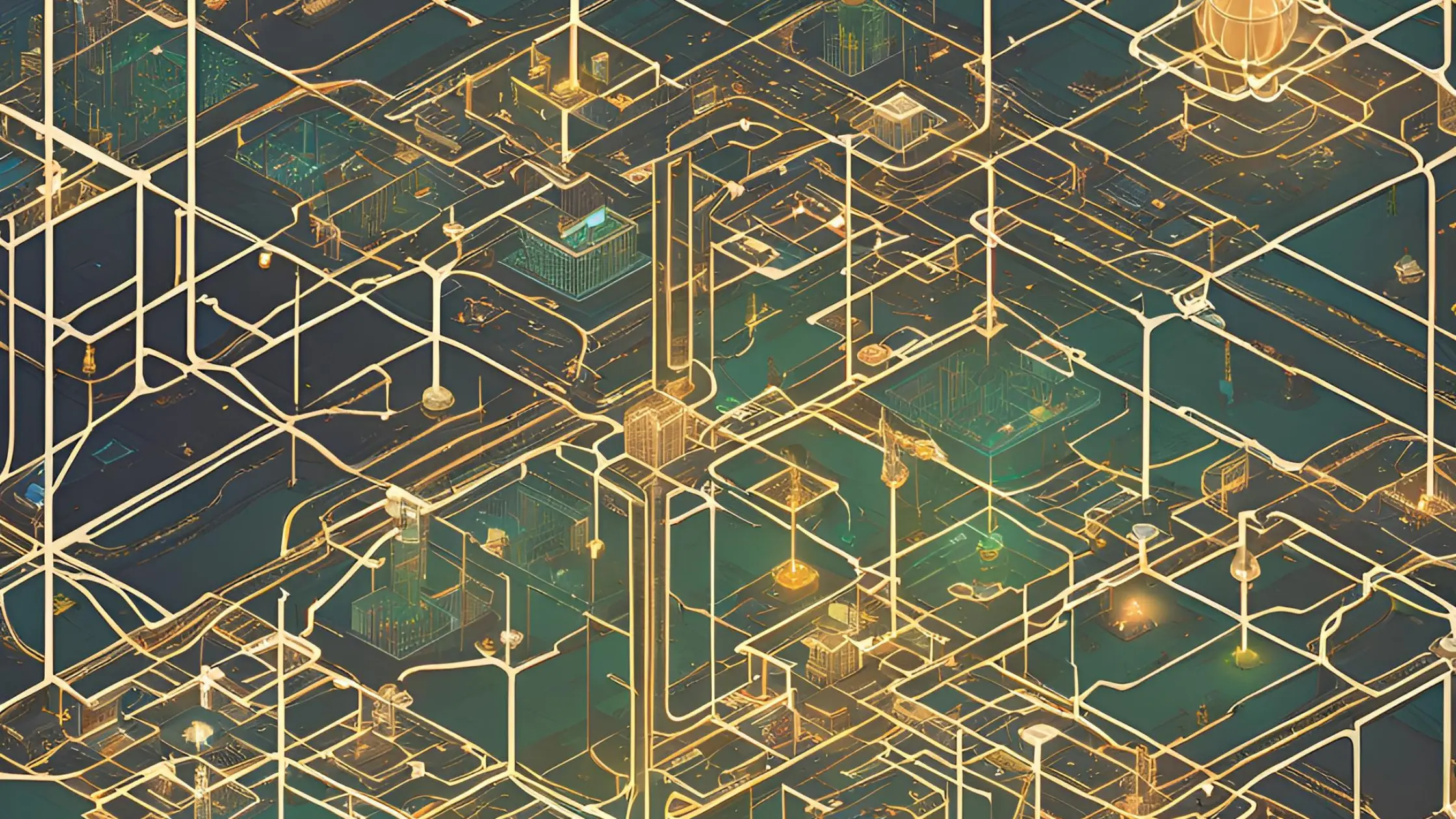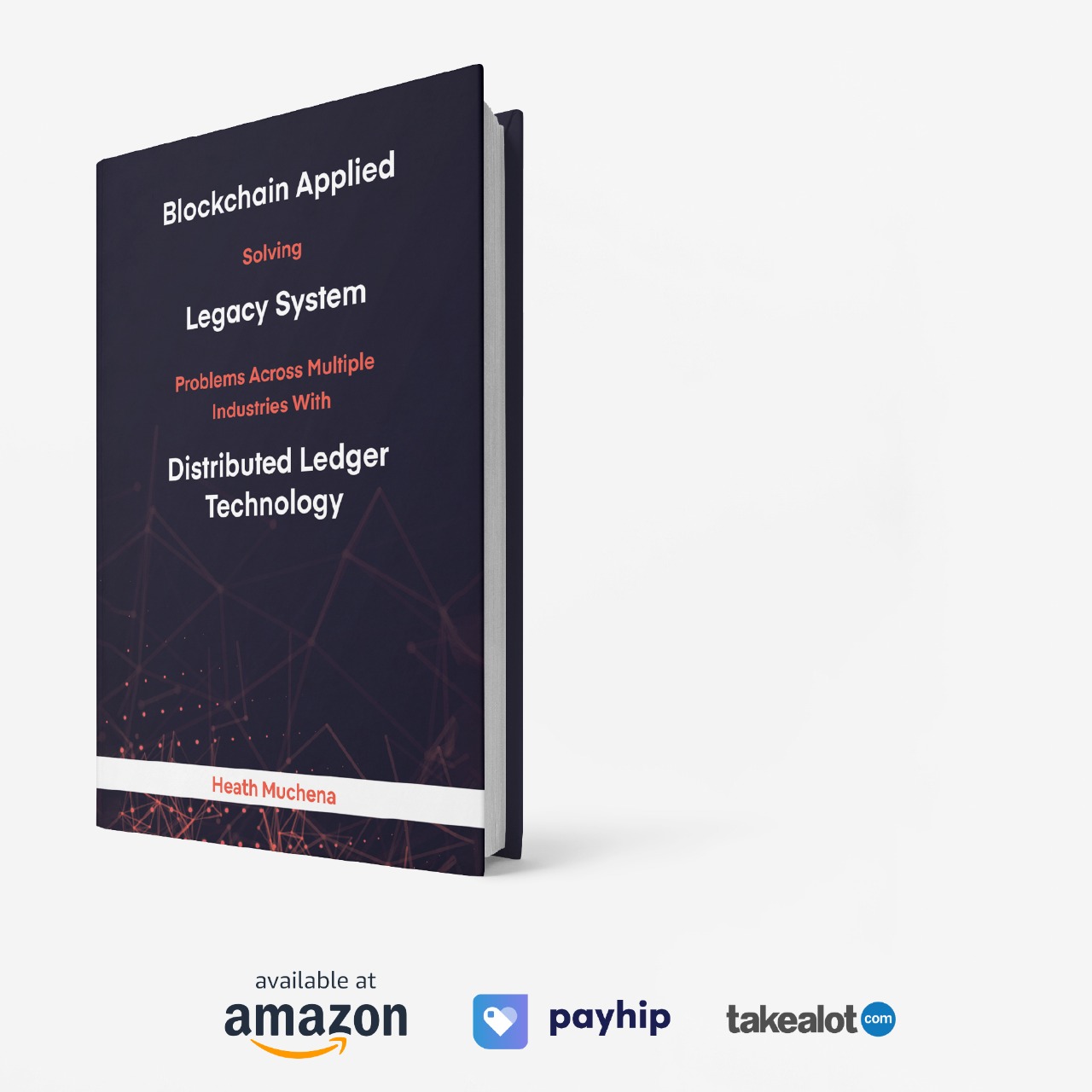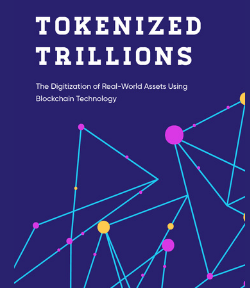
DePIN: The Future of Decentralized Infrastructure
A Deep Dive into Decentralized Physical Infrastructure Networks.
Recently, there has been growing excitement around the concept of Decentralized Physical Infrastructure Networks (DePIN). As more resources and influencers begin to highlight its potential, the question arises: Is DePIN truly a groundbreaking development, or is it just another passing trend? Let’s dive into what DePIN entails and evaluate its impact across various sectors.
What is DePIN?
DePIN, or Decentralized Physical Infrastructure Networks, refers to blockchain-based management systems designed to oversee real-world entities such as computational power markets and tangible data. These networks can be categorized into two primary types:
-
Physical Resource Networks (PRN): These are decentralized networks composed of physical resources, often tied to specific locations. Resources include hardware for connectivity, mobility, energy, and more. These services are often non-portable and localized.
-
Digital Resource Networks (DRN): Unlike PRNs, these networks involve interchangeable digital resources such as computing power, bandwidth, and storage. DRNs are more flexible and can be utilized from various locations.
The underlying idea behind DePIN is to combine physical infrastructure with blockchain technology, creating a decentralized management system governed by a community, often through a DAO (Decentralized Autonomous Organization). This integration allows real-world objects, such as sensors or solar panels, to be managed more efficiently and transparently, potentially generating real inflows from live money.

Areas of Focus in DePIN
DePIN has several areas of focus, including:
- Computational Networks: Managing and utilizing decentralized computing resources.
- Energy: Overseeing the distribution and consumption of energy resources.
- Internet of Things (IoT): Organizing connected devices for more efficient data management.
- Wireless Communication: Facilitating decentralized communication networks.
- Distributed Real Estate and Car Sharing: Leveraging blockchain for property and vehicle sharing.
DePIN also extends to sectors like healthcare, data storage, and mapping, creating a vast array of potential use cases.
A Retrospective Look at DePIN-Related Projects
While DePIN is a relatively new term, the concepts it embodies have been explored in various projects from the previous crypto cycles. Here’s a review of some notable projects:
-
IoTeX: One of the few active players associated with DePIN, IoTeX aims to unite IoT devices into a single ecosystem using AI. Despite early hype, the idea of a unified ecosystem has proven challenging due to varying encryption methods and standards among manufacturers. However, IoTeX remains active, with its token (IOTX) showing significant growth in recent months.
-
Atonomi: A competitor to IoTeX, Atonomi sought to create a unified protocol for IoT devices using blockchain. Despite initial success, the project has since become inactive, with its token no longer traded.
-
Helium: Perhaps the most successful DePIN-related project, Helium offers a decentralized wireless network powered by blockchain. With a market cap of around $1 billion, Helium has seen significant growth, deploying nearly 900,000 hotspots by 2022. However, the project faces challenges, including a potential disconnect between its web2 and web3 components.
-
PowerLedger: Focused on energy sharing and trading, PowerLedger remains active, though its public presence has diminished. Despite this, its token continues to show strong activity.
-
Akash Network: A decentralized cloud computing platform, Akash has shown impressive growth, with its token increasing significantly since early 2023. Akash’s approach to combining blockchain with cloud computing has positioned it as a strong player in the DePIN space.
-
Golem: Another pioneer in decentralized computing, Golem allows users to rent out their computing power. The project remains active, with its token showing stable activity.
-
Arweave: A decentralized storage network, Arweave offers permanent data storage with a one-time payment model. Its focus on immutable storage has made it a popular choice for businesses requiring long-term data security.
The Challenges and Future of DePIN
While DePIN presents a compelling vision for the future of decentralized infrastructure, it is not without challenges. Integrating blockchain with physical infrastructure is complex, requiring significant investment and development in both technology and regulatory frameworks. Additionally, the resilience of blockchain technologies in managing critical infrastructure remains a concern.
The regulatory environment is also a significant hurdle, particularly in sectors like energy and resource distribution. Without clear regulations, the potential for DePIN to impact these industries may be limited.
Moreover, DePIN tokens often carry speculative risks. Many projects face challenges in linking token value to actual company performance, leading to questions about the long-term sustainability of these tokens.
Conclusion
DePIN represents an exciting frontier in the intersection of blockchain and physical infrastructure. While projects like Helium, Akash Network, and Arweave have demonstrated the potential of DePIN, the sector faces significant challenges in scalability, regulation, and token economics. As the technology evolves and more robust solutions emerge, DePIN could play a pivotal role in the future of decentralized infrastructure. However, as with any emerging technology, it’s essential to approach DePIN with both optimism and caution.






